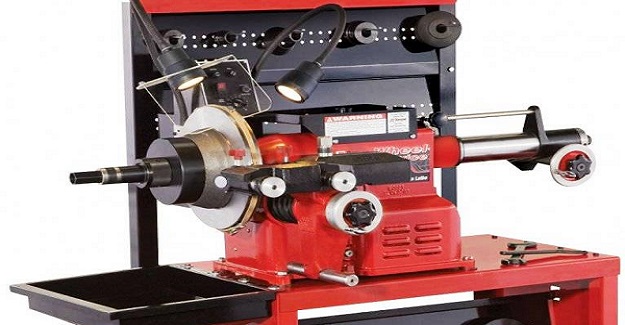Let’s talk about the five reasons to buy new brake rotors for your automobile. Of course, were talking about performing this replacement procedure during a standard brake job. When your pads wear down you have some decisions to make on how to proceed with them maintenance repairs.
We wrote a great article on the subject about the different degrees of do-it-yourself brake jobs. However, we didn’t take a deep dive into why many professional mechanics recommend buying new rotors when performing brake service. We’ll even talk about how these parts have changed over the past 30 years. Learning about the type of brake rotors installed on your automobile can help you make a decision about when to replace them.
Deciding when to Replace Brake Rotors
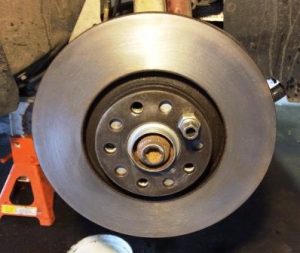
One of the five reasons to buy new brake rotors remains the fact that the old rotors aren’t worth reconditioning. A lot of factors play into the decision on the part of the mechanic to condemn the original equipment parts. Most technicians start by measuring the rotor to gauge its overall thickness.
The quality of disc brake rotors varies greatly between vehicle manufacturers. Car makers in an effort to improve fuel economy and reduce production cost, put the disc brake rotor on a diet. These important brake components seem to get thinner and lighter every year. Another fact about this new wave of brake parts, becomes the material they’re made from.
Once again in an effort to lighten the vehicle, you’ll find composite construction rotors on most modern automobiles. Composite means material other than steel. With the overall thickness reduced and less steel to resurface many mechanics just recommend replacing rotors during a standard brake job.
Reconditioning and Resurfacing Brake Rotors
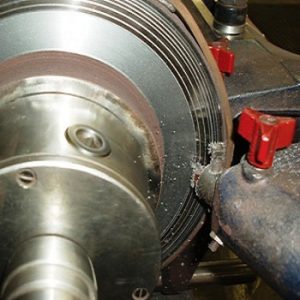
Not all mechanics have precise measuring skills. This becomes the second reason to buy new rotors. Old-school mechanics that paid for brake lathes will most likely take an extra step of not only measuring the rotor thickness, but also gauging the amount of warp in the face of the rotor.
They do this by mounting a dial indicator and marking the high and low points. Then they subtract that number from the total thickness. Now they know how thin the rotor will be after resurfacing. At this point they compare this measurement with the discard specification stamped in every brake rotor from the factory. After this bit of work you get a solid answer about whether reconditioning the rotor makes sense.
Although this precise diagnosis and measurement skill set is disappearing you’ll find that shops with a brake lathe provide this training to their employees. The advantage to the customer by reconditioning or resurfacing the brake rotor becomes the amount of money saved in total parts. For the auto repair center performing the brake job, the advantage remains a $20-$40 labor charge for resurfacing each brake rotor. Now that we know if we can cut the old rotors, we have to determine whether this is a cost-effective decision.
Buying Low-cost Brake Rotors
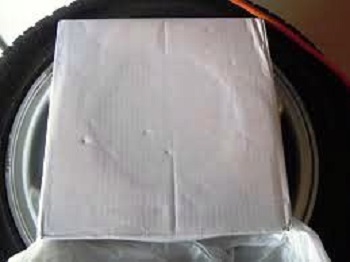
The third reason to buy new brake rotors points to the wallet. The plummeting cost of replacement brake parts over the last several years makes buying new discs attractive. Just 10 years ago we would give auto repair consumers a choice in the quality of the replacement rotors. Mechanics would offer a premium rotor or what they called at the time a white box rotor.
Simply put, a white box rotor is made in China with Chinese steel. The premium parts offered by the once proud American companies like Bendix and Wagner are now supplied by Chinese companies. In some cases, these premium boxes have the same Chinese steel rotors inside of them.
With lower manufacturing cost and a favorable exchange rate I’ve seen replacement rotors in the $15-$25 range. For the owner of the automobile it makes no sense to choose resurfacing an original equipment part for $40 when you can get a brand-new replacement for half the price. With that said, there are some vehicle manufacturers still using a thick, heavy rotor costing much more to replace. For this reason it’s necessary to do some research on what the replacement parts cost. Then compare that number with the reconditioning charges.
Brake Pulsation Complaints While Braking
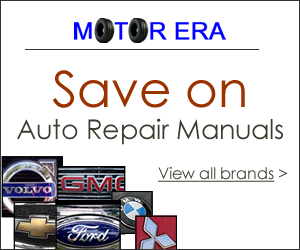
One of the biggest reasons to go ahead and replace the rotors instead of reconditioning them remains a driver complaint of pulsation. Simply put, a brake pulsation is the sensation of the brake pedal pushing back against your foot. The leading cause of this condition stems from heavily warped brake rotors.
The high and low spots in the rotor face, force the piston in and out of its bore. This pushes the hydraulic fluid back into the master cylinder and the driver can feel this while braking. This complaint is often more severe as the vehicle travels faster. In the end a heavy pulsation at highway speeds often leads to the necessity to buy new brake rotors.
We have an important tech tip for you about what causes these rotors to warp. As mentioned in the opening paragraphs rotors aren’t made as thick and heavy as in the past. Since the face of the rotor is held in place by the lug nuts, the level of tightness of each one of these becomes important. Manufacturers provide torque specifications for lug nuts. These often fall in the 80 to 100 foot pound range. Failure to properly torque each lug nut to the same specification causes the face of the rotor disc to warp.
Brake Grinding Noise While Driving
The final reason to replace the brake rotors during service stems from a driver complaint of brake noise. Often drivers neglect, vehicle maintenance and drive the automobile until something goes wrong. Many automobiles have a warning device for when the brake pads wear down.
Unfortunately, many drivers ignore this warning and continue to drive out of necessity. It’s not long before the friction pad disappears completely, leaving a metal to metal condition. This refers to a situation where the backing plate is contacting the rotor directly in an effort to stop the automobile.
Driving like this for a couple of hours often wears deep grooves into the rotor. At this point, you no longer have the option of reconditioning or resurfacing the disc. In this situation replacing the brake rotors is the only choice.

